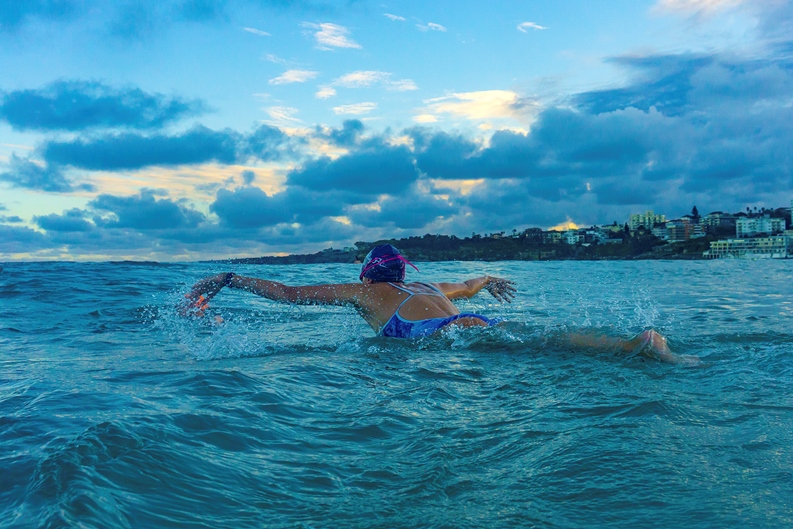The main advantage of swimming butterfly, breaststroke and backstroke is to use your muscles in different ways. Swimming freestyle is very repetitive and some people can develop shoulder injuries if not swimming the correct way. The other strokes are also great for mixing up your workout – good for both body and mind. Here are some of the benefits and tips for swimming each of the other strokes:
BUTTERFLY
The hardest stroke to master. We have a whole blog written on how to improve your butterfly here. The best bit is once you get it you really do feel like you’re flying! With both arms pulling at the same time, butterfly is extremely fast and powerful when done right. Butterfly is good for cardio and you’ll definitely feel more puffed out after 1 lap of butterfly than you do after a lap of freestyle. It is also great at building on the same muscles used in freestyle and you’ll feel like you’re gliding through the water much easier when you return to freestyle after a butterfly set.
TIPS:
- Kick should be small, fast and undulate the whole body
- Kick when your hands enter the water and exit the water – this is the key to smooth timing.
- Try to gain forward momentum and not come UP too much when taking the breath in.
BACKSTROKE
No one likes backstroke at the Bergs as it is difficult to keep in a straight line and you feel as though your zig zagging up the lane. However, the benefit of backstroke is that it is a great stroke to swim when you are cooling down after a long freestyle set. It gives you the opportunity to stretch out your chest and shoulders and breathe freely. In freestyle you can swim effectively and fast with barely any kick, however, in backstroke, it is much more difficult to swim without kicking. Therefore you will have to maintain a stronger kick and is a great stroke to use when you are working on your leg strength and a wanting to maintain a strong flutter kick.
TIPS:
- Keep your head back and maintain a neutral spine, many people swim with their chin on their chest as they do not like the feeling of being disorientated with head back looking straight up at the sky. However, when you head is up your legs and hips drop down which causes drag.
- Almost opposite to freestyle, backstroke should be swam with ‘windmill’ arms as one arm enters the water the other exits – this allows you to maintain momentum.
BREASTSTROKE
Breaststroke gives you the opportunity to use your legs in a completely different way than the other strokes. Breastroke kick utilises your groin, thigh, and calf muscles. If you are prone to cramping, breastroke kick is a good way to fully stretch out your leg muscles while you are warming up. Breaststroke is also the slowest stroke (some may say boring) but again can be good to utilise during your swim down.
TIPS:
- It’s all about the GLIDE. Many people swim breaststroke with arms moving constantly in a circle motion. The key to forward momentum is to pause with arms in streamline before you take another stroke to maximise the power of the kick.
- Keep the arms small – imagine your arms are always staying out in front of you and you can always see your fingers 👀
We promise incorporating all 4 strokes in your swim routine will help increase your overall swim fitness and endurance and will be beneficial to your freestyle swimming. Now, who’s keen for some 4x100m I.M sets?!! Join us HERE.


